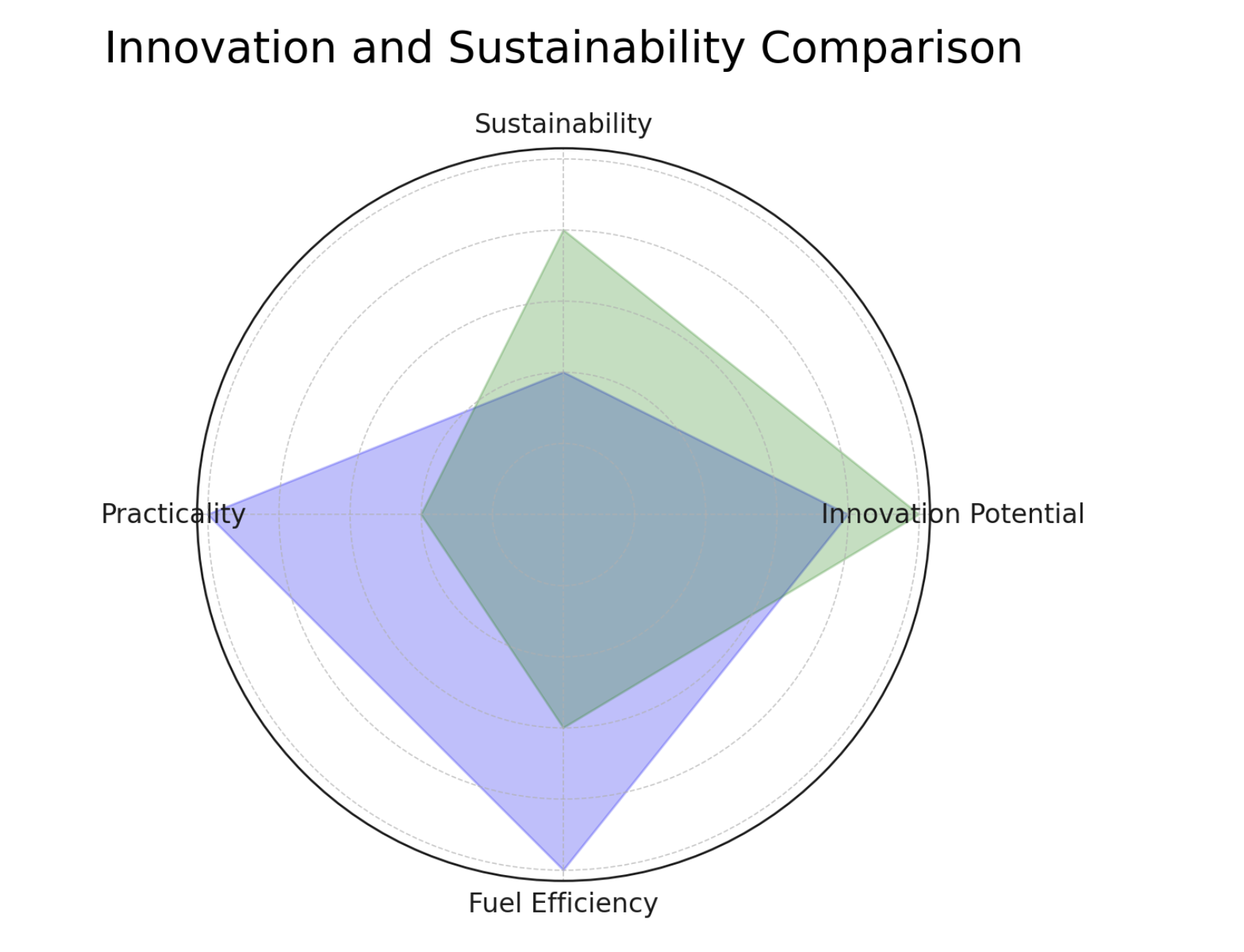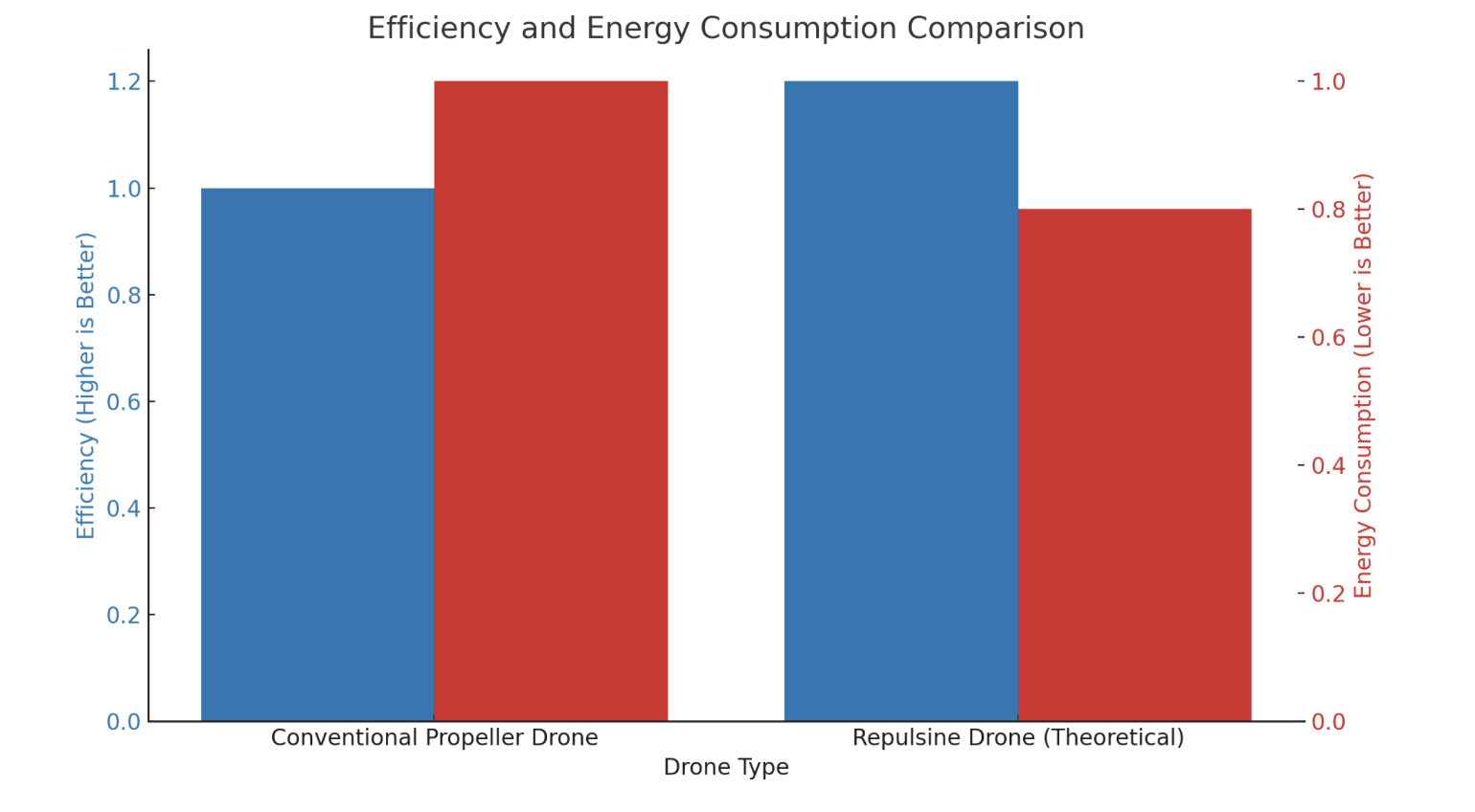

Infinity Turbine Sales | Plans | Consulting TEL: 1-608-238-6001 Email: greg@infinityturbine.com
For Data Centers Gas Turbine Waste Heat to Power Owners of Cat Solar Gas Turbine Generators and the new Boom Aero Derivative Gas Turbines Generators: Take your waste heat and make additional Combined Cycle power or generate cooling for your data center... More Info
IT250 Supercritical CO2 Gas Turbine Generator Silent Prime Power $999,000 250 kW (natural gas, solar thermal, thermal battery heat) ... More Info
IT1000 Supercritical CO2 Gas Turbine Generator Silent Prime Power $3M 1 MW (natural gas, solar thermal, thermal battery heat) ... More Info
IT10MW Supercritical CO2 Gas Turbine Generator Silent Prime Power $30M 10 MW (natural gas, solar thermal, thermal battery heat) ... More Info
Data Center Consulting Prime power and energy consulting for AI and data centers... More Info
Quantum Super Turbine... Coming Soon: High efficiency topping cycle turbine generator with bottoming cycle cooling, specifically designed for Data Centers... More Info
|
Comparing Thrust in Aviation: Traditional Turbines vs. Viktor Schauberger's Repulsine Introduction:The evolution of aviation has seen numerous innovations, from the Wright brothers' first flight to the advent of jet engines that revolutionized air travel. Among these innovations, Viktor Schauberger's Repulsine stands out for its unique approach to generating lift and thrust. This article compares traditional thrust aviation turbines with Schauberger's Repulsine, exploring their principles, efficiency, and potential applications.Traditional Aviation TurbinesPrinciple of Operation:Traditional aviation turbines, or jet engines, operate on the principle of Newton's third law of motion: for every action, there is an equal and opposite reaction. Air is ingested at the front, compressed, mixed with fuel, and ignited. The high-pressure exhaust gases then exit through the back, propelling the aircraft forward.Efficiency and Applications:Jet engines are highly efficient at high speeds and altitudes, making them ideal for commercial airliners and military jets. They have been optimized over decades for reliability, durability, and fuel efficiency, playing a crucial role in the global aviation industry.Viktor Schauberger's RepulsinePrinciple of Operation:The Repulsine, conceptualized by Austrian inventor Viktor Schauberger in the early 20th century, operates on a different principle. It is designed to create a vortex of air, generating lift and propulsion through the implosion, rather than explosion. The device sucks air in from the top, accelerates it in a spiral motion, and then expels it at the periphery, theoretically creating a propulsion force.Efficiency and Applications:Schauberger's Repulsine is more of a theoretical concept with limited practical application evidence. While Schauberger proposed that the device could offer superior efficiency by mimicking natural vortex phenomena, there are few reliable studies or prototypes that demonstrate its effectiveness in aviation. Its potential applications remain speculative, with interest from those exploring alternative and sustainable propulsion methods.Comparative AnalysisTo illustrate the differences between traditional jet engines and the Repulsine, let's consider efficiency, potential for innovation, and sustainability.Efficiency:Jet engines are proven to be highly efficient at converting fuel into thrust, especially at high speeds and altitudes. The Repulsine's efficiency is theoretical and lacks empirical evidence to support its purported advantages.Innovation Potential:While jet engines continue to see incremental improvements, the Repulsine represents a radical departure from conventional thinking. Its concept encourages exploring beyond traditional propulsion methods, potentially leading to breakthroughs in sustainable aviation technologies.Sustainability:Jet engines, despite improvements, still rely heavily on fossil fuels, contributing to carbon emissions. The Repulsine's envisioned mechanism, which could theoretically utilize air and potentially other more sustainable energy sources, offers a tantalizing glimpse at a more eco-friendly approach to propulsion, albeit unproven.Charts for Visual Comparison:To better understand the comparison, let's create two charts:1. Efficiency Comparison Chart: • This chart will compare the fuel efficiency, measured in specific fuel consumption (SFC), between traditional jet engines and theoretical values for the Repulsine.2. Innovation and Sustainability Chart: • A radar chart showcasing attributes such as innovation potential, sustainability, and practicality, comparing traditional jet engines with the Repulsine.Let's proceed to generate these charts based on available data and theoretical projections for the Repulsine.Analysis of ChartsEfficiency Comparison Chart:The first chart illustrates the specific fuel consumption (SFC) comparison between traditional jet engines and the Repulsine (theoretically). Traditional jet engines show a lower SFC, indicating higher fuel efficiency, which is a critical factor in aviation. The Repulsine's efficiency is speculative and assumes a higher SFC for illustration, suggesting that if it were to be realized, significant advancements would be needed to match the efficiency of contemporary jet engines.Innovation and Sustainability Chart:The radar chart provides a visual comparison of four attributes: innovation potential, sustainability, practicality, and fuel efficiency. Traditional jet engines score higher in practicality and fuel efficiency, reflecting their proven technology and optimization over decades. Conversely, the Repulsine scores higher in innovation potential and sustainability, highlighting its radical approach and the theoretical possibility of utilizing more sustainable energy sources. However, its practicality and fuel efficiency are lower, underscoring the challenges of translating theoretical concepts into practical, efficient technologies.ConclusionThe comparison between traditional aviation turbines and Viktor Schauberger's Repulsine reveals a stark contrast between proven, efficient technologies and innovative, yet largely theoretical concepts. Traditional turbines remain indispensable to modern aviation, offering unmatched efficiency and reliability. Meanwhile, the Repulsine, despite its fascinating approach to propulsion, remains speculative without empirical evidence to support its potential advantages.The pursuit of alternative propulsion technologies like the Repulsine underscores the importance of innovation in seeking more sustainable and efficient forms of aviation. While the practical application of such concepts may be distant, their exploration is vital for the evolution of aviation technology, potentially leading to breakthroughs that could revolutionize air travel in the future. |

|

|

|

|
| CONTACT TEL: 1-608-238-6001 Email: greg@infinityturbine.com | AMP | PDF |